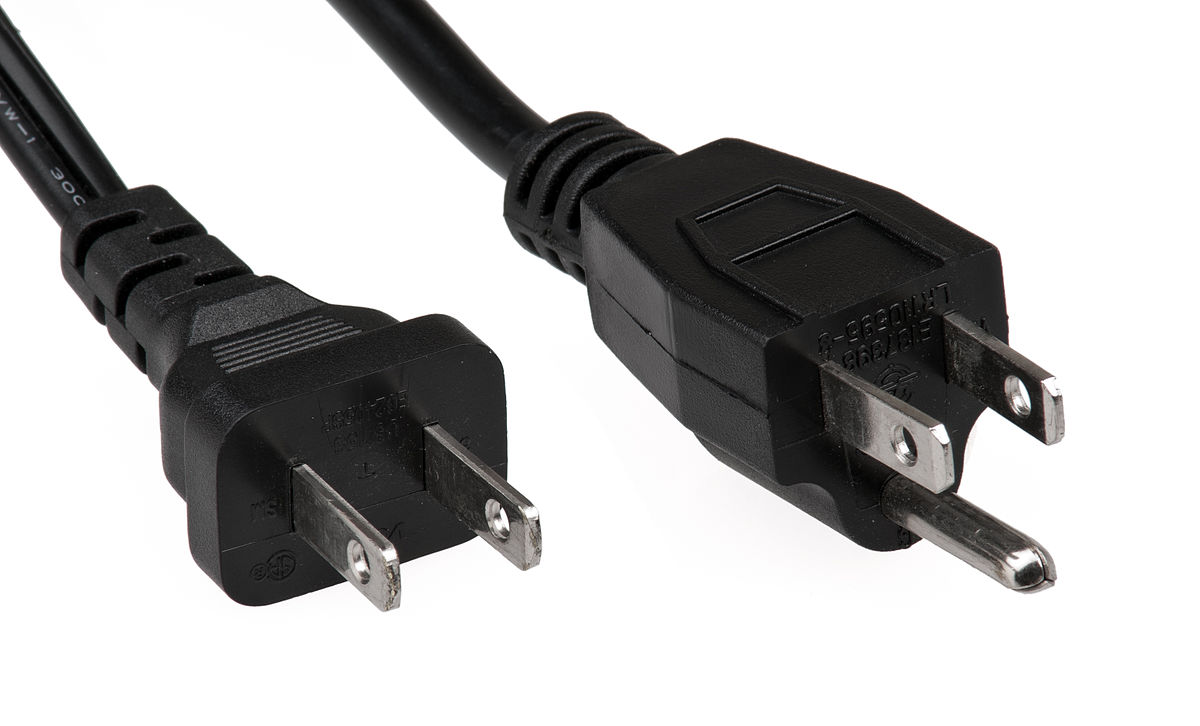Yes, but the other end is a NEMA plug.The power inlet of this device is not the normal chamfered C14 type (the kettle socket that exists on almost every device). It is the higher power rectangular C20 type. C14 is rated at 10A by IEC, where as C20 is rated at 16A. In US, UL rates C19 at 20A when used with 12 AWG wire. There is no separate 20A plug.

IEC 60320 - Wikipedia
en.m.wikipedia.org
EDIT: I see maybe you were replying to Don's post?

